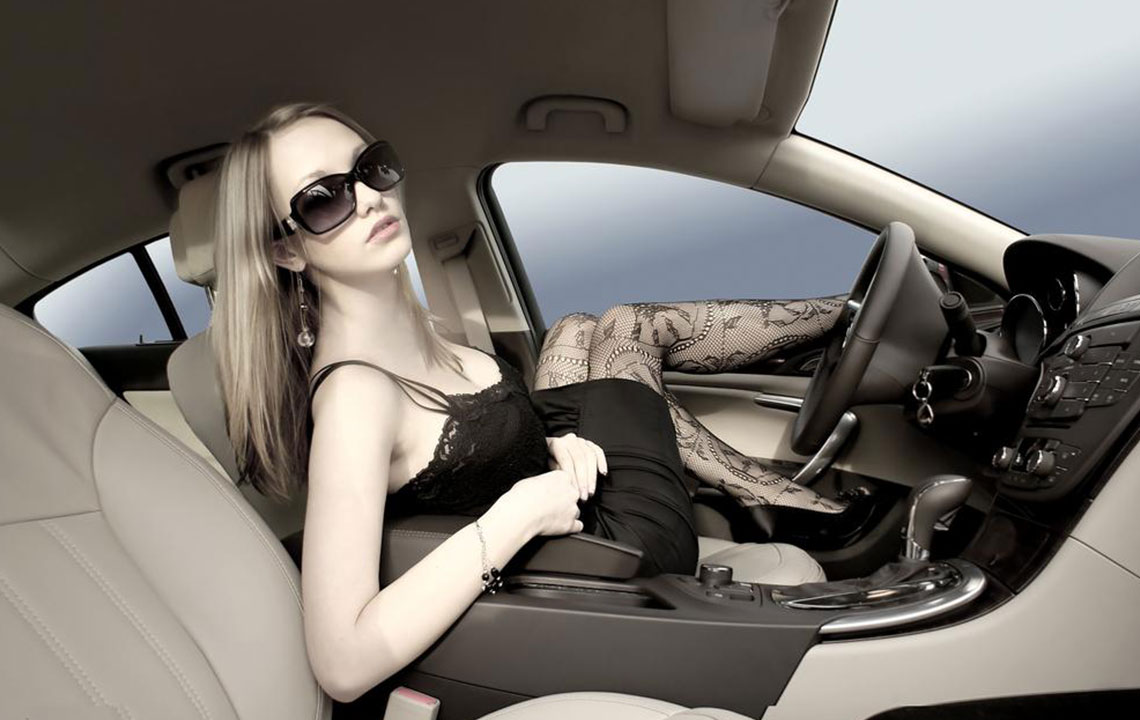Luxury Cars: All about the features
Luxury cars are considered to be a segment apart from their counter parts because of the additional features of safety and comfort that come as a part of the package. Some features that set luxury cars apart from their main stream counter parts are wooden grain look dash boards, genuine leather upholstery and seats, enhanced safety features, user convenience capabilities and also a superior status symbol that stands for its conspicuity.
Sport luxury is another term used for the luxury car segment that offers better handling and higher performance. A digression from this trend has been seen in Europe, where it ‘s okay to heavily tax large-displacement engines.

Long before high-end luxury features like enhanced safety in the form of electronic stability control, touch sensitive seat belts, anti-lock brakes, and more trickle down to the mass market cars, they are made available in the luxury vehicles. A very contemporary example of this is the advent of recent ‘smart cars’ that boast of superior comfort and safety features, which were available in the luxury segment almost a decade ago in the year 2009.
A very typical layout of luxury cars that most people are familiar with include rear-wheel drive (FR) and front mounted longitudinal engines. Again, European marques like Mercedes-Benz, BMW, and Jaguar still never digressed from the design of front mounted engines with front-wheel drive (FF). They managed to retain mainly FR cars.
Predominant FR line ups are also visible in Japanese brands like Infiniti and Lexus. Although the FR line up is more expensive than the FF lay out, these brands have retained the lay out as it offers the leverage to place better handling, smoother ride, and higher performance engines, particularly the ones that come with straight-6, V8, and other engine configurations with additional cylinders.
These factors are significant marks of luxury cars and should be considered before taking luxury cars lease deals, depending on the need.

